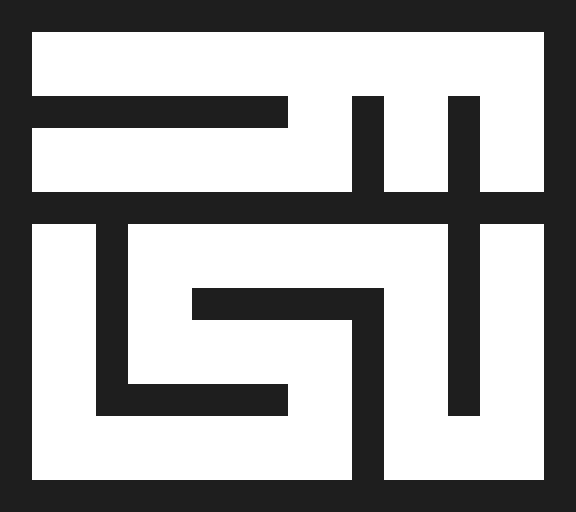People who want to learn Tibetan often struggle due to a lack of support and resources. On this page I’ll discuss how to get the support and resources you need.
Before you start studying, you should decide what type of Tibetan you want to learn. Do you want to read old Tibetan texts? Then you should learn Classical Tibetan. Do you want to talk to Tibetan people? Then you should learn Modern Tibetan. You can do both, but you’ll have to start with one or the other. If you choose Modern Tibetan, then you will also have to decide which dialect to learn — Standard Tibetan is the most widely understood dialect, but if you are around speakers of another dialect then you may want to learn that instead.
Once you’ve decided on which form of the language you want to learn, you can start studying. The list below describes three major aspects of learning Tibetan:
- Study the language (see Language Resources for specific suggestions)
- High price:
- studying with an expensive teacher
- studying with an expensive textbook
- enrolling in a university course
- Low price:
- studying with an affordable teacher (e.g. through Esukhia or italki)
- doing a Tibetan course at local Buddhist centre or Tibetan community centre (a small donation is usually recommended)
- Free:
- studying with a volunteer teacher (rare but it happens)
- studying with a free textbook (open-access or library loan)
- doing a free online course
- learning through YouTube, Instagram, + other social media
- auditing a university course as a community member
- High price:
- Find a community
- It’s so much easier to learn when you have a community of people that can answer each other’s questions, study together, and share notes and resources.
- There are fairly active communities on the following websites:
- Private forums for Buddhism or language-learning may also have sections dedicated to Tibetan.
- Networking with teachers and other learners one-on-one is also helpful. Many Tibetan teachers use WhatsApp.
- Use the right tools for the job
- You need a dictionary. Christian Steinert’s dictionary is the best online dictionary for Tibetan, and there are a few other dictionaries listed in the Language Resources. Textbooks also often have glossaries, usually one for each chapter. You could also search flashcards on Anki.
- If you want to type digital text in Tibetan script, you could use the guides on DigitalTibetan’s website.
- If you want to study with flashcards, a good free program to use is Anki.
Learning Tibetan should be fun 🙂 People sometimes obsess over the best ways to learn a language, but as long as you’re enjoying the process, then you’ll naturally keep learning.
Some people, conditioned by regressive Buddhist pedagogy, think that you need to dramatically submit to a teacher and suffer through criticism and mental pain to learn Tibetan; but this isn’t true. As a learner, you should find teachers that you click with, and teaching methods that you enjoy. Then the learning process will be smooth and pleasant. Students know what’s best for them, not teachers.
Think something important is missing from the list? Please feel free to contact me to share your suggestions.
